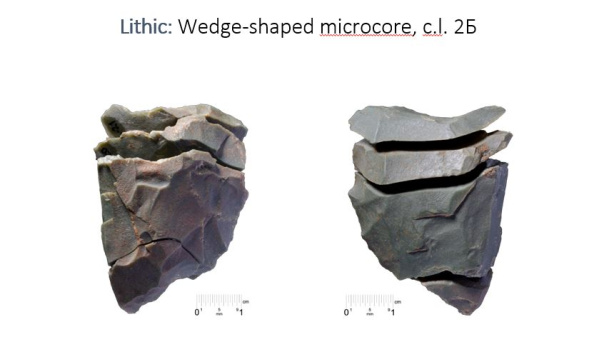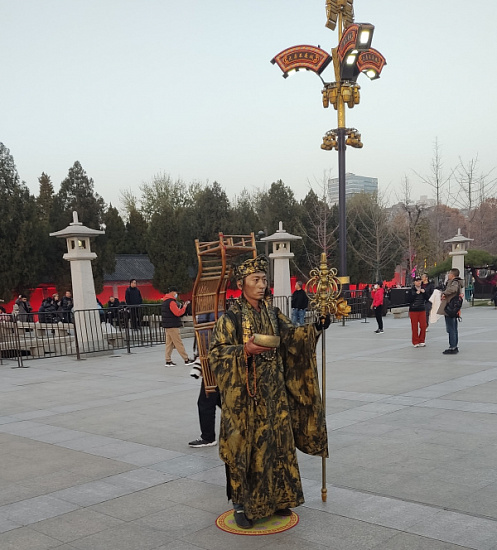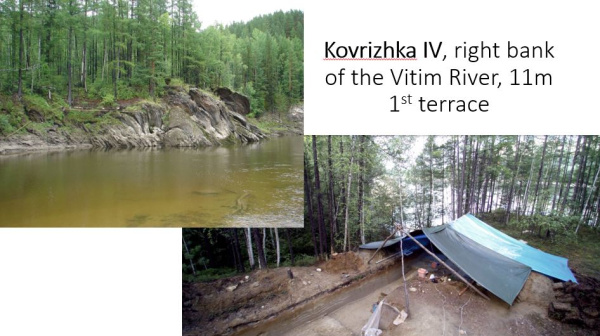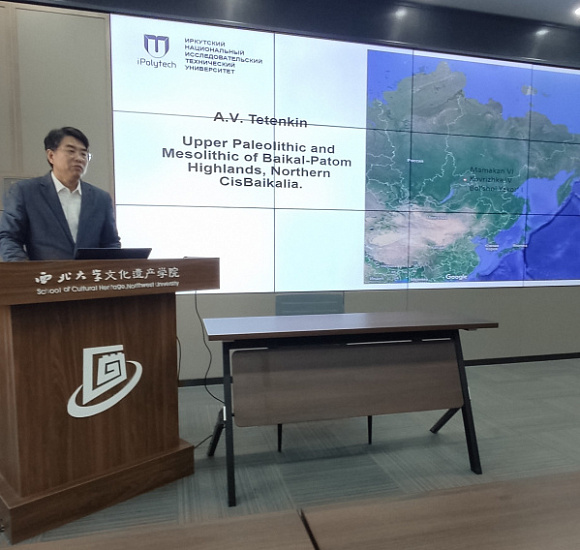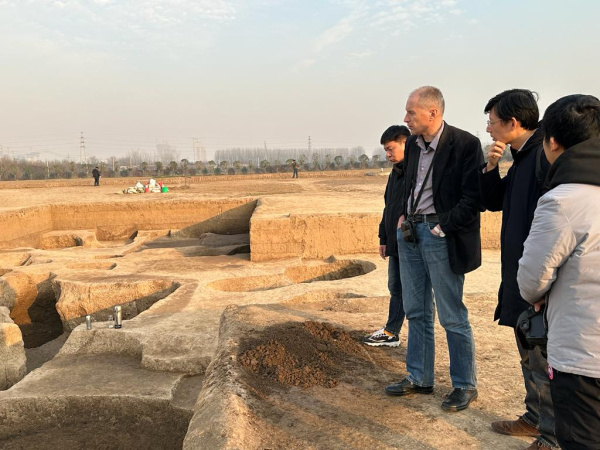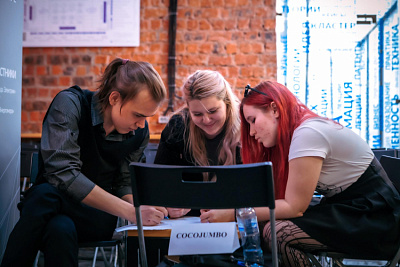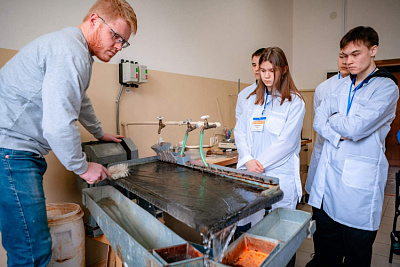INRTU Archaeologist Alexei Tetenkin Told Chinese Colleagues about Microplate Stone Processing in Siberia
INRTU staff member Alexei Tetenkin visited Beijing and Xi'an, the ancient capital of China, in December. The archaeologist told his foreign colleagues about the development of microplate technology of stone processing in Siberia. The trip was part of an international grant project.
Alexei Tetenkin is a professor at the INRTU Department of History and Philosophy. He is also known as the scientist who discovered the group of Stone Age archaeological sites Kovrizhka I-V. After almost 30 years of research on these sites, the INRTU member defended his doctoral thesis. The Kovrizhka topic is partly related to the professor's two-week business trip to China.
Alexei Tetenkin traveled to China with Svetlana Shneider, a researcher at the Institute of Archaeology and Ethnography of the Siberian Branch of the Russian Academy of Sciences. They reported on their work under a grant fr om the Russian Science Foundation (RSF), which Svetlana received in 2020. The project is related to the research of the microplate method of splitting stone raw material and its transfer to Central Asia.
Alexey Tetenkin in this work studied the spread of this technology (microplate spinning technique) along the prehistoric Silk Road. Miniature segments of microplates separated from nuclei (stone cores) had a regular geometric shape. Such segments were inserted into the grooves of bone or horn bases of hunting spears and knives.

"The modular design made it easy to replace blades when they broke. The compact and lightweight plates made the tools easy to carry over long distances. These artifacts are found at Kovrizhka and at the Bolshoy Yakor archaeological site in the Bodaiba district. Microplate technology has existed for 20 thousand years.
It is noteworthy that 28 thousand years ago the technology appeared in the northern parts of China, Korea and Japan. It entered Siberia 25-19 thousand years ago and later traveled to Alaska. The question remains open - how this method was known in the Baikal region? Perhaps it was transmitted step by step, probably in some cases due to migration of population from the southern countries," - said Alexey Tetenkin.
The INRTU member presented the results of his research at several venues in China. He gave a lecture at the Northwest University (Xi'an, Shaanxi Province). In the same city, he participated in a conference devoted to the study of cultural traditions that developed along the Silk Road. It should be noted that Xi'an was not chosen by chance as the place for the business trip. The city has been the capital of 13 Chinese dynasties for two millennia, and it is from here that the Great Silk Road originated.
In addition, Alexey Tetenkin visited the Institute of Vertebrate Paleontology and Paleoanthropology (Beijing), wh ere he also presented the results of research at the Kovrizhka IV site.
"There are no monuments of the Kovrizhka level in China. That is why acquaintance with our archaeological sites is of great interest to our eastern colleagues," the scientist emphasized.
The cultural program of the trip included acquaintance with the sights of Xi'an and Beijing. The Irkutsk archeologist visited the Great Wall of China, the Museum of the Han Dynasty and the Museum of the Terracotta Army of Emperor Qin Shihuangdi.
The cooperation between Alexei Tetenkin and Svetlana Schneider will continue. The next joint RSF project will be the reconstruction of the adaptation process of the Vitim Valley population to the conditions of the last glacial maximum.
Photo by Alexei Tetenkin

